
Oct. 5, 1990
I have finally seen the first absolutely perfect costumed super-hero film. It is called Darkman. And what makes it perfect is the last line.
Now let me make it clear here: “Perfect” is not, in this instance, to be considered synonymous with “good.” Or “quality.” “Perfect” is not defined herein as “in a state of undiminished or highest excellence.” No, I’m speaking of my directory’s first definition: “Complete of its nature or kind.”
The nature of this kind of movie is standard super-hero comic book. Other films have come close– but they haven’t had everything. They haven’t been complete. Somewhere, in some aspect or other, they’ve been lacking.
What’s ironic, of course, is that Darkman is not based on any specific comic-book hero, although he’s pretty much a combo of The Shadow and The Avenger, both from pulps, with Swamp Thing’s origin thrown in for good measure, to wit: A scientist runs afoul of some bad guys and gets himself and his lab blown up. However, due to a homegrown skin project he’s got cooking, he’s able to reconstruct faces, including the bad guys’ and his own. Swathing his face in bandages and a coat and hat Lamont Cranston left sitting around, he seeks vengeance. No specific hero, but an agglommeration.
Because of that, Darkman is the first film, as I have said, to feature absolutely everything you find in your standard comic book. Everything. Even including the last line.
I will endeavor not to blow any major plot points along the way, but if you’re skittish about this sort of thing and intend to see the film, then stop here; otherwise, onward:
Darkman features all of the following, whereas other super-hero or comic-book films have featured only some:
• Constant Movement without Regard to Dramatic Pacing. Standard comics must have something happening every single page, i.e., someone’s getting hit, someone’s in jeopardy, or someone’s in motion. Exposition is usually given on the run. Talking heads are anathema. In Darkman, either the plot is barreling forward with the speed of a freight train, or else the camera is. Sam Raimi, who came up with what can laughingly be referred to as the story, also directed as if he’d been taking No-Doz and washing it down with jolt.
Batman, Turtles, and most others feature some great action sequences, but there are also long moments when absolutely nothing is happening. Ain’t no butlers reminiscing about young master Bruce in this film, baby. Only RoboCop matches Darkman for sheer kinetic lunacy.
• Villains Who Are Evil Because They’re Villains. Darkman comes dangerously close to blowing it on this with a real estate-developer villain who actually tries to explain himself. Fortunately, though, there’s Larry Drake of L.A. Law present to more than make up for it. You think Benny Stolwitz has men- tal problems? You should see the nut Drake plays in this one. Drake’s villain is relentlessly sadistic, right down to his hobbies. He’s nasty and nauseating because he’s nasty and nauseating. All his henchmen are, also.
Superman missed the boat on this with Luthor, as did Batman with The joker– in both cases, they lire much too much style. We find ourselves drawn to them. How many people came out of Batman saving that The joker was the better role? Everybody. Drake’s character exists only to be a bášŧárd. We know nothing about his background, nothing of his family, nothing of what made him the way he is. He’s there to do hideous things and get clobbered by Darkman.
Again, RoboCop does manage to match it with the unrelenting nastiness of Clarence Boddiker. Actual, what amazes me, now that I think about it, is that the producers of Batman thought they were doing something clever in having The Joker figure into Batman’s origin. Villains were also responsible for the hero’s origins in RoboCop, Swamp Thing, and now Darkman. This seems unique to movies since, in the comics, origins always seem unrelated to any sort of major villain. Common thugs have figured in more frequently.
• A Nifty Secret Headquarters. Gotta have a secret HQ. Ya got your sewers; ya got your Fortress of Solitude. Here’s where RoboCop missed the boat. He had a cage in police HQ where he could eat babyfood. That doesn’t cut it, sorry. Darkman has a lab in a deserted warehouse with patched-together computer equipment, giving the entire thing an air of a funky Batcave, cobbled together during a rummage sale. Considering the hero got his duds out of a dumpster, it’s consistent.
• Bad Transitions. Nowhere do you see worse transitions than standard super-hero comic books. And no super-hero film can beat Darkman for this. Every other super-hero film features standard cuts. Not this one; Darkman actually has a sequence where a woman sees her boyfriend’s lab blown up, freezes in that position, and then the background shifts to put her in a cemetery while the camera reclothes her in black. It’s supposed to be clever, but it’s just awful, which is what makes it authentic.
• Angst. You didn’t have angst until the Marvel Age started, but now everyone’s got it. There’s no angst in Superman. There’s no angst in Swamp Thing. There’s a little in Batman, but by the end of the film, our hero has a babe that loves him, a city that adores him, a mansion, a neat cave with lots of equipment, a great car, and he’s nailed the guy who killed his folks. The only things he doesn’t have are his plane and a costume that lets him turn his head. Not the stuff of drama.
This is where Darkman lays its strongest claim to perfection. The hero questions his motives and his sanity in clear, no-nonsense, histrionic dialogue that you never hear outside of, well, comic books (He actually exclaims, “What have I become?” There’s a phrase that I myself certainly utter at least once a day.)
• Everything Is Spelled Out. In Batman, you’re left to ponder just how together Bruce Wayne is. He’s wrapped so tightly that, despite his statement to Vicki that she “got in,” we still don’t really know him by film’s end. Darkman doesn’t have this problem. Not remotely. Not only, as noted above, does he frequently and loudly question his sanity, but Raimi insists on hitting us over the head with it. When Darkman is getting upset, the camera zooms in and out and all kinds of bizarre images flash all over him, just to make sure you know this guy’s around the bend!
• Ludicrous Implausability, Especially During Fight Scenes. You thought having the Joker shoot down the Batwing was absurd? Get this: Darkman feels no pain, literally. This is supposed to explain how this guy can be dangling from a tow cable of a helicopter, moving at about 60 miles per hour, get smashed through the window of a skyscraper, and be utterly uninjured. Legs, arms, internal organs– everything’s intact. Even his wit– he utters a funny exit line before being hauled skyward once more.
• Damsel in Distress. Well, they all have that. But there’s one thing that Darkman has that the others don’t, although RoboCop is pretty close. And that is that all important last line.
• The Hero Must Utter His Name Near or at the End of His Origin.
Think about it. Ben Grimm didn’t say, “I’ve been transformed into some kind of– of orange rocky guy!”, because “Orange Rocky Guy” won’t look good on a pair of Underoos. Nah. He said, “I’m some sort of– Thing!” Catchy.
Heroes are always naming themselves in bursts of inspiration. Villains, too. Frequently, they have names that already are three-quarters of the way to being a nom de guerre, and they only have to change a syllable. For example, if Marvel’s editor-in-chief were bitten by a radioactive bird from the Bronx and as a result sprouted feathers and a beak, he could easily stand on the roof at 387 Park Avenue South and shout, “Once I was ordinary Tom DeFalco, but now I am– Duh Falcon!”
But in movies, super-heroes always seem self-conscious of their names. Also, when they do say their lames, it’s not at the end of the film. The only film where the timing of it was correct was RoboCop, and when he turned in response to the question of his name, he said “Murphy.” This was a nice twist on the old line, and it showed that he had recaptured a bit of this humanity.
Batman, on the other hand, seemed self-conscious about his name, and his gadgets’ names. The batmobile, batwing, batcave, batsignal and batarang were never identified as such. He only referred to his own name but once, and that wasn’t at the end of the film (which was, to all intents and purposes, his origin). We had deafening church bells and a dramatic shot, but no “I’m Batman.” That was in the first 10 minutes.
(Actually, I’d always thought it would have been fun if Batman– who was new at this, remember– had inadvertently done what RoboCop deliberately did. You know– “What are you?” “I’m Bruce Wayne -no, wait. Ðámņ. I did it wrong. Well, guess I’ll have to drop you.” “Aaaaahhhh!” )
Now Darkman— well, he’s obeyed every other tradition/clich
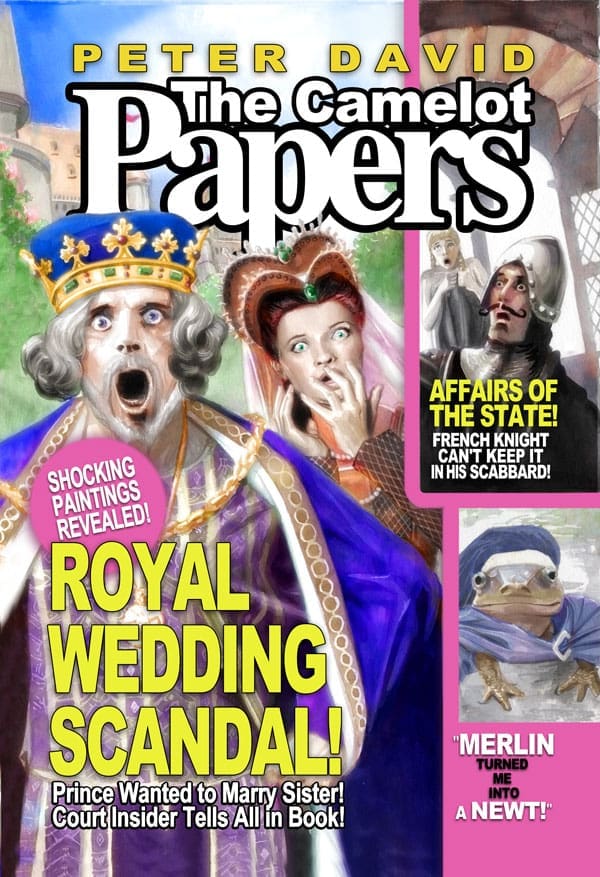
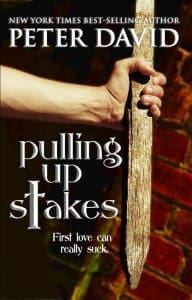
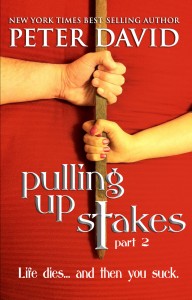
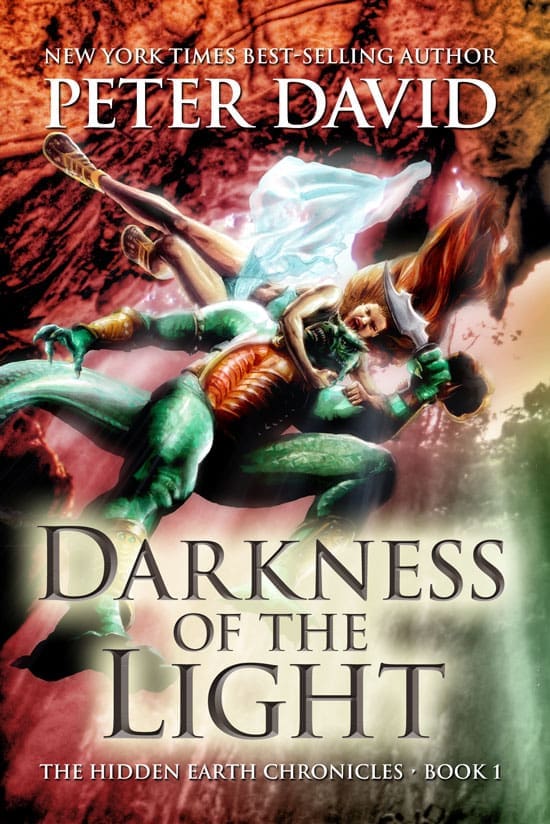
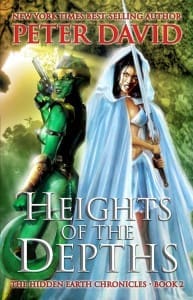
Darkman is (for me) hands down one of the coolest movies of all time. It has that terrific Raimi “I’m bad but I’m good”-ness to it. I remember walking out of the theater at the age of 14 feeling like I had seen the coolest thing ever. Yes, I know I’m dating myself here, but really, I’ve been dating myself for much longer than that.
Perhaps the coolest thing about Darkman is the 6-issue mini-series sequel Marvel put out in 1993. Writen by Kurt Busiek and drawn by Javier Saltares, it captured a lot of the feel of the movie, as well as tied up some plot ends to boot. A far, far better sequel then the pieces of trash they did direct to video. In fact, Darkman II has the dishonor of being the only movie I’ve ever rented than I stopped watching halfway through and returned straight away.
Thanks for posting this little time capsule, Glenn. 🙂
LOL @ the “Duh Falcon” line!
The question is, do you still feel the same way after 12 years PAD?
They may not be totally “perfect”, but besides “Darkman”, I still like “Spiderman”, the first “Superman” with Christopher Reeve, the first “Batman” with Michael Keaton, and “Howard the Duck”.
Yes, you read that last one correctly.
For all intents and purposes, the movie was as good as any of the comic books. The main problem was how to present the title character. I still feel that if after Howard landed on earth, they would have animated (or nowadays CGI’d) him, it would have been a better movie.
But even with George Lucas behind it, Howard laid an egg, which is a neat trick for a male duck.
Spider-Man actually says “I’m Spider-Man” by the end of the movie.
hi. It could be funny translate this aspects in the moderns superheroes comics (Batman and Robin, Blade, Spawn, Spiderman…) What do you think? ^_^
Sorry for my terrible english
Okay, I just bought Spider-Man on DVD, and watched it last night, so I’m feeling a need to see how it stacks up as a “perfect” super hero movie.
1) Constant Movement without Regard to Dramatic Pacing.
Nope. While there are plenty of “extreme camerawork” shots, there are also calm moments with stable head-shots.
2) Villains Who Are Evil Because They’re Villains.
Debatable, but I’d say yes. Once GG is “born”, he’s pretty much out being mean just so he can continue to be mean.
3) A Nifty Secret Headquarters.
No. Unless you count Peter and Harry’s apartment. Which I don’t.
4) Bad Transitions.
Yeah. I just keep flashing back to the one where the screen bursts into flame, then dies down, and we’re somewhere else. Corny.
5) Angst.
Oh yeah. I mean, this is Spidey we’re talking about.
6) Everything Is Spelled Out.
From the early Spider-Sense explanation to the nature of Norman Osborne’s relationship with Peter. It takes some doing to be less subtle than those early comics.
7) Ludicrous Implausability, Especially During Fight Scenes.
Well, the very nature of superhero fight scenes is fairly implausible. But I’d say this one goes above and beyond, if only for some of the hits Spidey takes without blacking out or breaking anything.
8) Damsel in Distress.
Ladies and gentlemen, Mary Jane Watson!
9) The Hero Must Utter His Name Near or at the End of His Origin.
Already mentioned. Sam Raimi does it again!
So, 7 out of 9, by my count. Not quite perfect, but close.